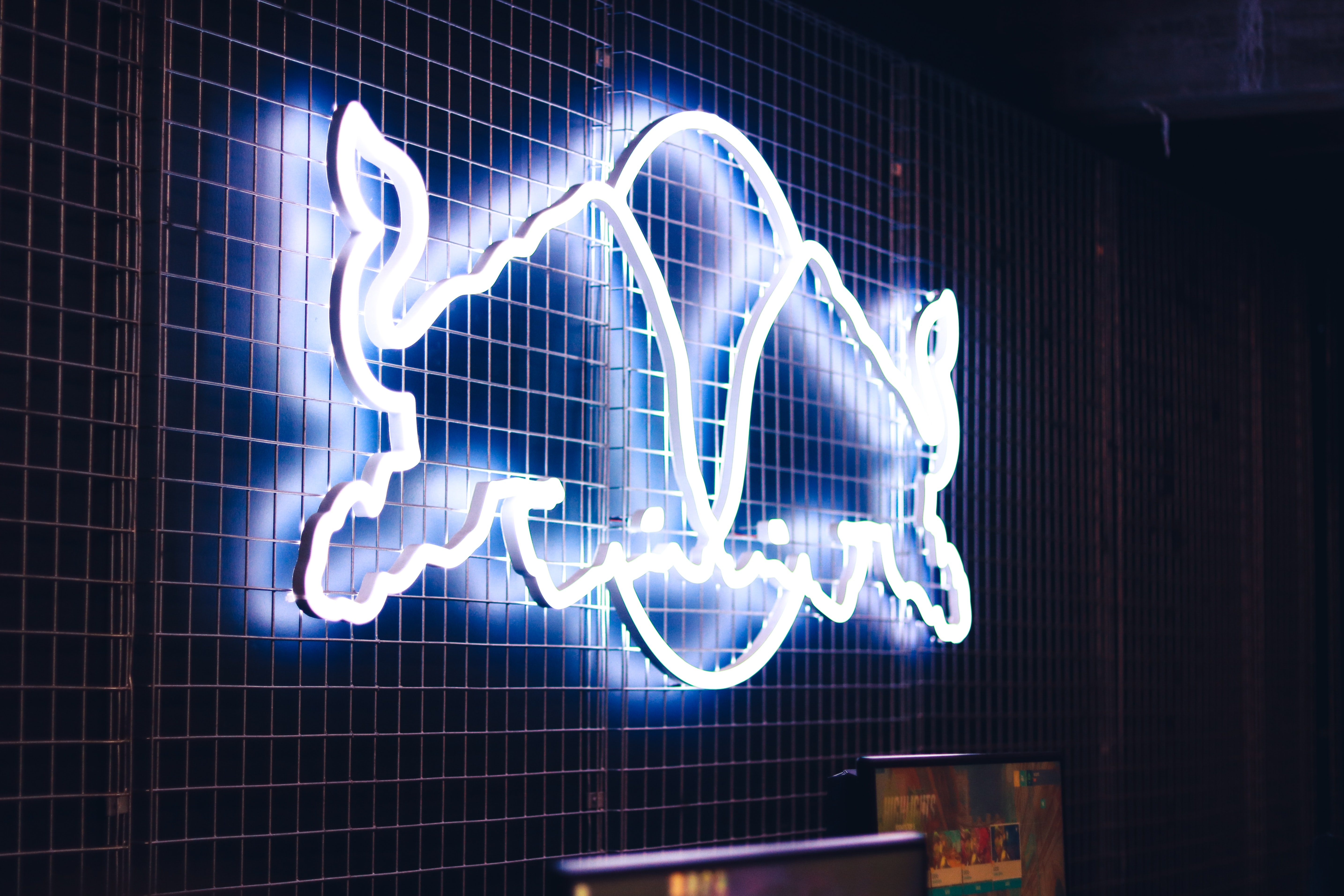Each of these companies has its own reasons for this but commonly this approach has an objective base. Animals are strong symbols that evoke associations and emotions in peoples’ minds. If you thought about animals as your brand's representative element this article is written for you.
Why do we need animals in brand identity?
If you think about it deeply enough every animal you know provokes its own image in your mind, that actually is its own “brand”. And this can be used for business reasons:
Instant association.
Loyal like a dog, patient like a snake, noble like a panther- do you see the connection? When you hear an animal’s name you instantly can say which features and association you assign them. And this kind of moment is perfect for a successful logo conception.
Emotional reaction
Sharks are scary, otters are cute, and raccoons are funny: animals also are capable to make you feel different emotions and this means that it is much easier to create contact with your future clients. Statistics say that branding approached through emotions is way more effective than a standard rational approach. 70% of people that feel strong emotions because of the advertisement will most likely buy the product. And 71% of people that have an emotional connection to the brand will most likely recommend it in the future.
Sticks in the memory
If the product evokes emotions and feelings it most likely will stay in the memory. A consumer can once see a logo with the animal and remember it and recognize it in the future.
But for who this approach is appropriate?
And the short answer will be: for everyone. You can be connected with the animals somehow(like an Animal planet channel). Or your business can have nothing in common with the animals. Twitter has a bird, Red Bull has a bull and NBC has a peacock: is there any connection between the animal and the business’s concept? No, but the logo still helps to promote and advertise it.
How to choose the correct animal for your brand?
Like cat DNA test breed which indicates what breeds and history a cat has, your logo also has DNA. Brand uniqueness, your target audience preferences, and a list of associations evoked by your brand. These are three points on which you can create a DNA for your animalistic brand identity. Let’s see it in more detail:
Decide your brand’s “nature”
When a future client will look at your logo he or she should immediately feel what you are selling. To create a correct association you should understand what your business’s “soul” looks like. So take the time and answer yourself a few questions:
What kind of character your brand has? Is it risky and provocative or calm and safe? Is it a friendly and family one or a more individualistic one? For example, a jaguar that is used for a car identity represents speed and power that hardly can be described as a friendly and safe one.
What kind of values do you have in the priority? WWF has a panda emblem that demonstrates its attitude towards endangered species.
What product you are selling? Evernote shows that its program can keep a larger amount of information with the help of its logo. How did they do it? They used as brand identity an elephant that is associated with a very good memory.
And when you thought about all these questions(you can think about more questions) and created a list of associations you can think about animals that might represent them.
Analyze your target audience
All factors are important: their age, gender, hobbies, needs, social status and etc. All of them have an influence on how your brand is perceived by your future clients. Swarovski has a swan for a brand identity, and what associations does it give? Swan represents elegance and chic- and that is exactly what Swarovski clients seek in their jewelry.
Investigate their associations
To this point, you already should have a list of the animals that might be good for your brand identity. And now make sure that potential clients will perceive these symbols as you conceived them. Because different countries and cultures can have different associations.
It’s not a secret that we have cultural differences that can lead even to cultural shock. Let’s take a snake for example which is a symbol of wisdom for the subtle Eastern cultures. But what do we have here on the west? The snake symbolizes cunning and sly nature. In India, the cow logo also will be a controversial move, and in Muslim culture- the pig. Before taking the last decision think about the cultural features of the market where you plan to work.
Elaborate on the logo’s shape
One animal used as a logo can be interpreted in a vast variety of possible shapes.
- Logo types: symbolic(when you use only an image) and combined(when you use an image with a text).
- Types of the image: photo or drawing;
- Color palette: one image made in different colors results in various associations.
Check the uniqueness of your idea
We should look for examples and should learn from the previous creators but still, there is a difference between inspiration and theft. It is not a solution to copy from the successful logo. Plagiat can cause serious problems in the future for the business: not only issues with reputation but also with law.
That’s why before starting to use your logo analyze the market on similar ideas.




